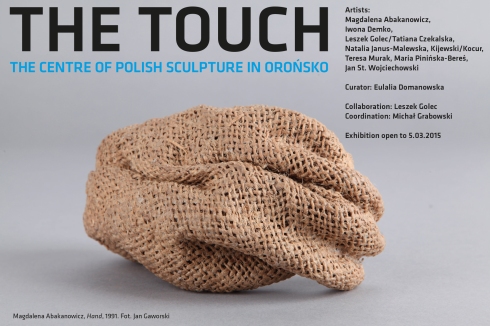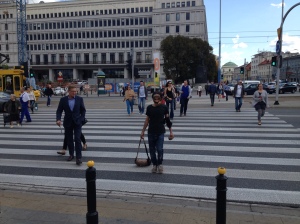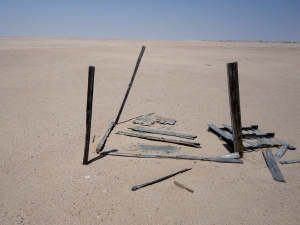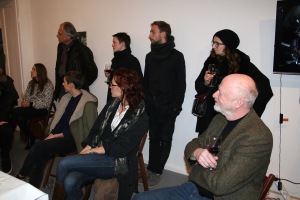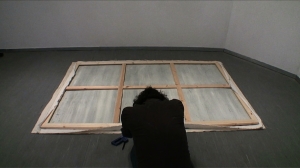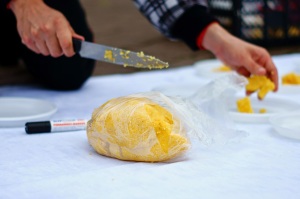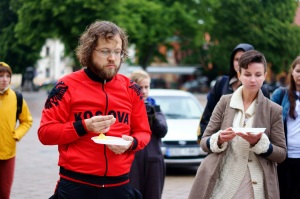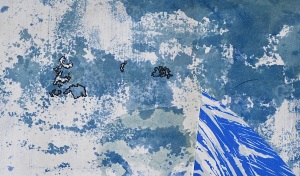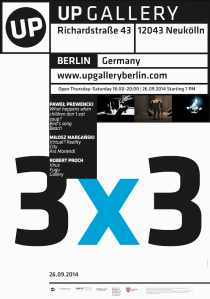UP Gallery (Richardstraße 43/ Berlin Neukölln)
http://www.upgalleryberlin.com/en
Exhibition opening on friday 06 February, from 7 pm
Duration: 06 February – 5 March 2015, Thu-Sat, 4-8 pm
Works by: Magdalena Abakanowicz, Iwona Demko, Leszek Golec/Tatiana Czekalska, Natalia Janus – Malewska, Marek Kijewski/Kocur, Teresa Murak, Maria Pinińska – Bereś, Jan St. Wojciechowski
Curator: Eulalia Domanowska, Collaboration: Leszek Golec, Coordination: Michał Grabowski, Special acknowledgements: Stefania Zgudko.
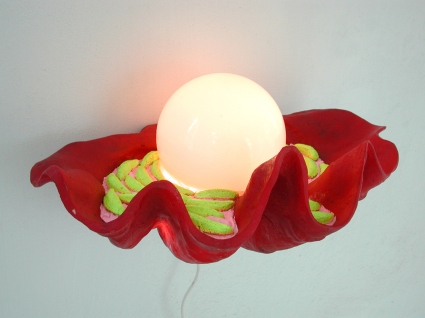
Photo: M. Kijewski Autoportret w burgundowej muszli
by Marek Kijewski, Kocur
“THE TOUCH”
The exhibition, held by the Centre of Polish Sculpture in Orońsko, focuses on the haptic in art. Appealing to the sense of touch exemplifies the transformations in the area of art over the past five decades, from Conceptualism and minimalism that primarily addressed our intellect, through to an art that stimulates our senses.
The sense of touch has for centuries been disregarded in Western culture as a potential for aesthetic experience, since we are strongly prejudiced against it. It is seen as the animalistic, carnal and less civilised human skill. And yet it has since time immemorial played a major role in art, in particular in sculpture. Touch is the key to our perception of space. We are able to recognise not only the tangible properties of objects but also the spatial relations between them. The subtlety and complexity of the spatial modelling of a sculpture becomes fully revealed only when it is “up close”, „at the touch of the hand”, and best yet in a hands-on experience.
Taking part in the exhibition are Polish artists associated with the Centre of Polish Sculpture in Orońsko, one of the few institutions worldwide focusing on broadly construed sculpture, installation and spatial art. http://www.rzezba-oronsko.pl/
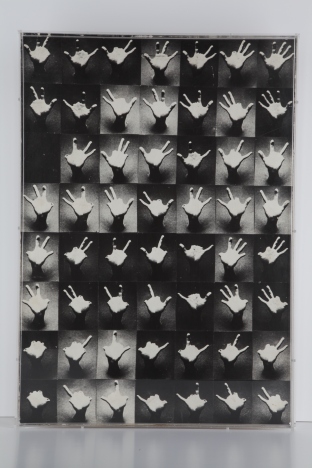
Photo: Jan St. Wojciechowski, Hands, 1973
We show sculptures, installations, objects, and videos by artists of different generations, both renowned ones such as Magdalena Abakanowicz and Teresa Murak, and young ones like Natalia Janus; their work addresses the haptic in a host of different ways. The old work, Hands by Jan S. Wojciechowski, comes still from the time of Conceptualism. It is accompanied by a Józef Robakowski film from The Living Gallery series, paradoxically depicting the author’s activity in the realm of sculpture. The duo Leszek Golec and Tatiana Czekalska have for years been active artists who pay close attention to our environment and opt for a harmonious co-existence with nature. Another duo, Marek Kijewski and Małgorzata Malinowska „Kocur“, have since 1996 used in their work organic forms and atypical sculpture materials such as candy or jelly beans, which produce very sensual effects. The art of Maria Pinińska–Bereś and Iwona Demko exemplifies the feminist current. The use of soft, „women’s“ materials underscores the haptic nature of art.
Photo: Avatar Biological II Klara podczs wystawy w galerii Art in General, New York 2002 by Tatiana Czekalsk + Leszek Golec
Participants: Magdalena Abakanowicz, Iwona Demko, Leszek Golec/Tatiana Czekalska, Natalia Janus–Malewska, Marek Kijewski/Kocur, Teresa Murak, Maria Pinińska–Bereś, Jan S. Wojciechowski
Curator: Eulalia Domanowska
Cooperation: Leszek Golec
Coordination: Michał Grabowski
Collaboration Galeria Monopol, Warsawa
Special acknowledgements to Ms. Stefania Zgudko.
